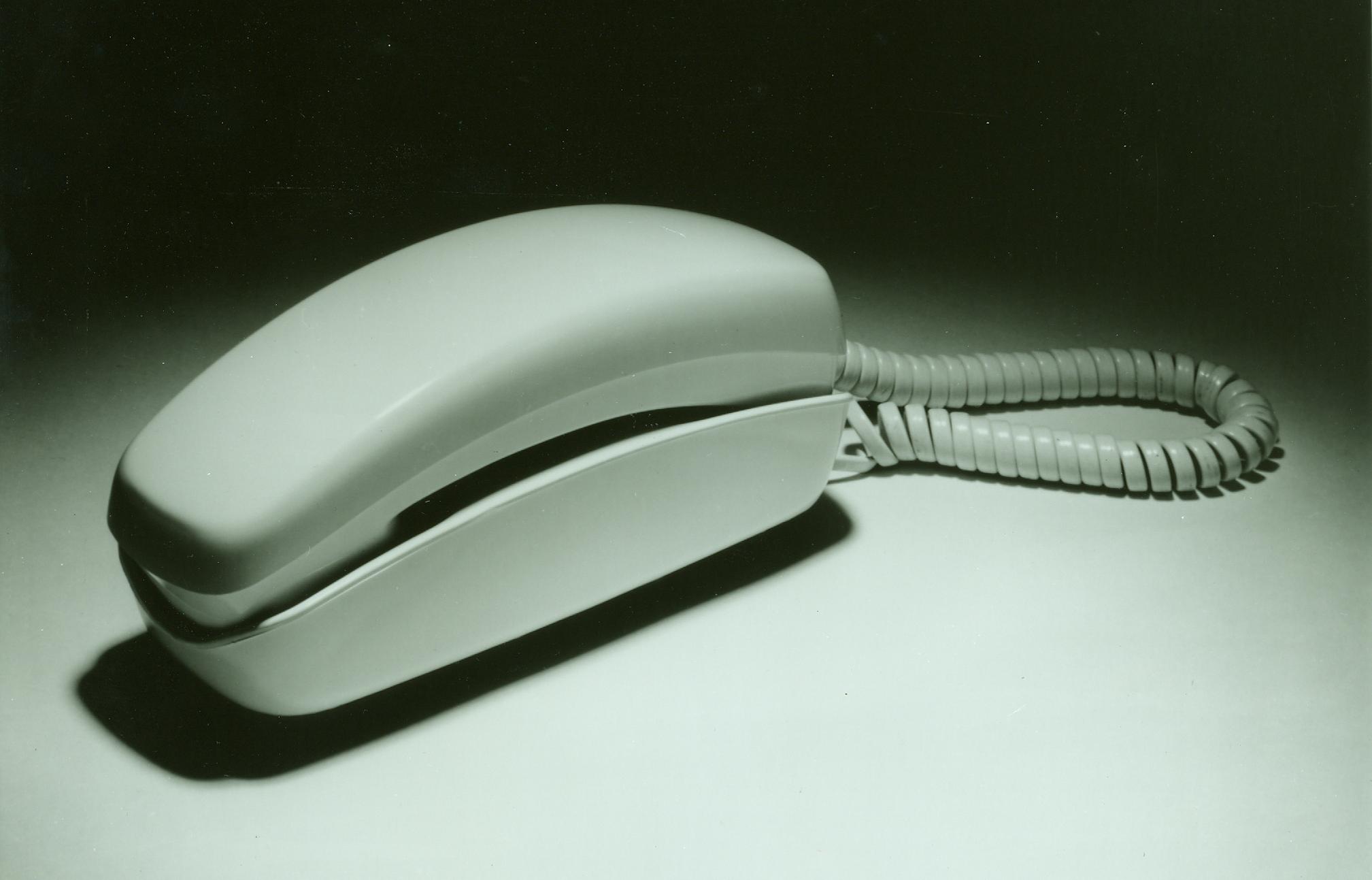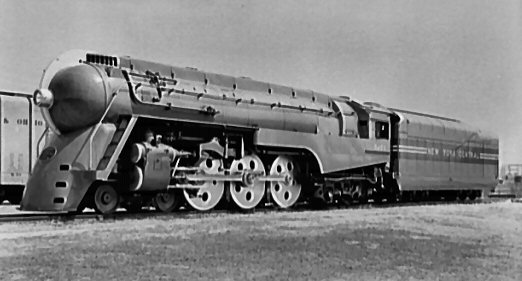|
Trimline
The Trimline telephone is a series of telephones that was produced by Western Electric, the manufacturing unit of the Bell System. These telephones were first introduced in 1965 and are formally referred to as the ''No. 220 Hand Telephone Sets''. The Trimline was designed by Henry Dreyfuss Associates under the project direction of Donald Genaro; the firm had produced the previous post-war desktop telephone types for the American Telephone & Telegraph Company. History Hand telephone sets in the Bell System were first designed starting with the creation of the handset is 1927. This series of telephone evolved through several designs in the 1920s and 1930s, to refurbishments in the 1950s. They consisted of a table-top handset stand and a wall- or desk-mounted subscriber set that contained the components to connect the telephone to the telephone line, as well as an electromechanical bell ringer. After the introduction of the Princess telephone line, in 1959, the design mo ... [...More Info...] [...Related Items...] OR: [Wikipedia] [Google] [Baidu] |
Donald Genaro
Donald M. Genaro (born 1932) is a retired American industrial designer. He was president of Henry Dreyfuss Associates up to 1994. He has been recognized by ''The New York Times'' for his contribution to industrial design. Biography Genaro was born in Hoboken, New Jersey, where he attended public school. He served an apprenticeship at the architecture firm of F.W. Fisher but left to serve the U.S. army during the Korean War. After mustering out he entered the Pratt Institute where he graduated in 1957 with a degree in industrial design. A year before completing his studies, Genaro started a work/study program at the offices of Henry Dreyfuss and he remained with the firm after graduation. Genaro took on several projects among Henry Dreyfuss' corporate clients and was made an associate in 1963. He became a partner shortly thereafter and worked alongside Henry Dreyfuss until Dreyfuss' retirement in 1969. Genaro then remained the senior partner until his retirement from the firm in 1 ... [...More Info...] [...Related Items...] OR: [Wikipedia] [Google] [Baidu] |
Advanced American Telephones
VTech Innovation, L.P., doing business as Advanced American Telephones, is a telephone manufacturing company. History American Bell Consumer Products was created on January 1, 1983, as a unit of American Bell, Inc., upon declaration by the Modification of Final Judgment that American Telephone & Telegraph (AT&T)Not to be confused with the AT&T of 2005 and later, a renaming of SBC Communications, Inc. had to sell equipment to the public through an entirely separate subsidiary. American Bell Consumer Products sold terminal equipment traditionally available through the Bell System, such as the Trimline telephone. American Bell products could be found at Bell PhoneCenter Stores, as well as department stores such as Sears and Target. American Bell products were not marked with any Bell name, but simply marked "Western Electric" and the Bell logo, as any products sold through American Bell were ''not'' "Bell System Property". Upon the divestiture of the Bell Operating Companies from ... [...More Info...] [...Related Items...] OR: [Wikipedia] [Google] [Baidu] |
Princess Telephone
The Princess telephone was introduced by the Bell System in 1959. It was a compact telephone designed for convenient use in the bedroom, and contained a light-up dial for use as a night-light. It was commonly advertised with the slogan "It's little...It's lovely...It lights", which was suggested by Robert Karl Lethin, an AT&T employee. The Princess was initially designed by famed industrial designer Henry Dreyfuss, who had designed previous Western Electric models with the Bell Labs engineers. Later redesigns involved Donald Genaro of the Dreyfuss design firm. Genaro redesigned the case so that it could be more easily picked up. Contemporary advertising demonstrates that this telephone was marketed to women, hence its feminine model name. The model was available in a broad range of colors, including pink, red, yellow, moss-green, black, white, beige, ivory, light-blue, turquoise, and gray. The telephone was produced at the Western Electric Indianapolis, and later Shreveport, ... [...More Info...] [...Related Items...] OR: [Wikipedia] [Google] [Baidu] |
Western Electric
Western Electric Co., Inc. was an American electrical engineering and manufacturing company that operated from 1869 to 1996. A subsidiary of the AT&T Corporation for most of its lifespan, Western Electric was the primary manufacturer, supplier, and purchasing agent for all telephone equipment for the Bell System from 1881 until 1984, when Breakup of the Bell System, the Bell System was dismantled. Because the Bell System had a near-total monopoly over telephone service in the United States for much of the 20th century, Western Electric's equipment was widespread across the country. The company was responsible for many technological innovations, as well as developments in industrial management. History 19th century In 1856, George Shawk, a craftsman and telegraph maker, purchased an electrical engineering business in Cleveland, Ohio. In January 1869, Shawk had partnered with Enos M. Barton in the former Western Union repair shop of Cleveland, to manufacture burglar alarms, fire ... [...More Info...] [...Related Items...] OR: [Wikipedia] [Google] [Baidu] |
Western Electric Hand Telephone Sets
The Western Electric hand telephone sets are a series of telephones that were produced from 1927 by the Western Electric Company for the American Telephone and Telegraph Company (AT&T) and the Bell System. The series features the mouthpiece (''transmitter'') and the earpiece (''receiver'') combined into a hand-held unit, originally named a ''hand telephone'', or ''handset''. The handset would be held against the ear and in front of the mouth simultaneously, in contrast to earlier telephones in the Bell System where only the receiver was held against the ear, while the user spoke into a fixed transmitter mounted on a telephone stand or wall telephone. Hand telephone sets consist of three principal parts: the ''handset'', a ''handset mounting'', and an apparatus box, called variously ''desk set box'', ''bell box'', ''subscriber set'', or just ''subset''. This box is typically mounted on a wall or desk-side, and contains an electromagnetic bell ringer and a speech transformer, calle ... [...More Info...] [...Related Items...] OR: [Wikipedia] [Google] [Baidu] |
RJ11, RJ14, RJ25
A registered jack (RJ) is a standardized telecommunication network interface for connecting voice and data equipment to a computer service provided by a local exchange carrier or long distance carrier. Registered interfaces were first defined in the ''Universal Service Ordering Code'' (USOC) of the Bell System in the United States for complying with the registration program for customer-supplied telephone equipment mandated by the Federal Communications Commission (FCC) in the 1970s. Subsequently, in 1980 they were codified in title 47 of the Code of Federal Regulations Part 68. Registered jack connections began to see use after their invention in 1973 by Bell Labs. The specification includes physical construction, wiring, and signal semantics. Accordingly, registered jacks are primarily named by the letters ''RJ'', followed by two digits that express the type. Additional letter suffixes indicate minor variations. For example, RJ11, RJ14, and RJ25 are the most commonly used int ... [...More Info...] [...Related Items...] OR: [Wikipedia] [Google] [Baidu] |
Henry Dreyfuss Associates
Henry Dreyfuss (March 2, 1904 – October 5, 1972) was an American industrial designer. He is known for designing the Western Electric Model 500 telephone, the Westclox Big Ben alarm clock, and the Honeywell T87 Round Thermostat. Career Dreyfuss, a native of Brooklyn, New York City, is one of the celebrity industrial designers of the 1930s and 1940s who pioneered his field. Dreyfuss dramatically improved the look, feel, and usability of dozens of consumer products. Sometimes compared to Raymond Loewy and other contemporaries, Dreyfuss was much more than a stylist; he applied common sense and a scientific approach to design problems, making products more pleasing to the eye and hand, safer to use, and more efficient to manufacture and repair. His work helped popularize the role of the industrial designer while also contributing significant advances to the fields of ergonomics, anthropometrics and human factors. Dreyfuss began as a Broadway theatrical designer. Until 1920, he app ... [...More Info...] [...Related Items...] OR: [Wikipedia] [Google] [Baidu] |
Light-emitting Diode
A light-emitting diode (LED) is a semiconductor device that emits light when current flows through it. Electrons in the semiconductor recombine with electron holes, releasing energy in the form of photons. The color of the light (corresponding to the energy of the photons) is determined by the energy required for electrons to cross the band gap of the semiconductor. White light is obtained by using multiple semiconductors or a layer of light-emitting phosphor on the semiconductor device. Appearing as practical electronic components in 1962, the earliest LEDs emitted low-intensity infrared (IR) light. Infrared LEDs are used in remote-control circuits, such as those used with a wide variety of consumer electronics. The first visible-light LEDs were of low intensity and limited to red. Early LEDs were often used as indicator lamps, replacing small incandescent bulbs, and in seven-segment displays. Later developments produced LEDs available in visible, ultraviolet (U ... [...More Info...] [...Related Items...] OR: [Wikipedia] [Google] [Baidu] |
Touch-Tone
Dual-tone multi-frequency (DTMF) signaling is a telecommunication signaling system using the voice-frequency band over telephone lines between telephone equipment and other communications devices and switching centers. DTMF was first developed in the Bell System in the United States, and became known under the trademark Touch-Tone for use in push-button telephones, starting in 1963. The DTMF frequencies are standardized in ITU-T Recommendation Q.23. The signaling system is also known as ''MF4'' in the United Kingdom, as ''MFV'' in Germany, and ''Digitone'' in Canada. Touch-tone dialing with a telephone keypad gradually replaced the use of rotary dials and has become the industry standard in telephony to control equipment and signal user intent. The signaling on trunks in the telephone network uses a different type of multi-frequency signaling. Multifrequency signaling Before the development of DTMF, telephone numbers were dialed with rotary dials for loop-disconnect (LD) si ... [...More Info...] [...Related Items...] OR: [Wikipedia] [Google] [Baidu] |






